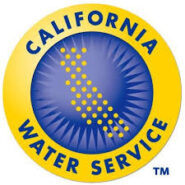Beginning with the construction of Oroville Dam in 1957, the California State Water Project is a water s torage and delivery system of reservoirs, aqueducts, power plants and pumping plants. Designed to provide water for 29 urban and agricultural water suppliers in Northern California, San Francisco Bay Area, San Joaquin Valley, Central Coast, and Southern California, the SWP allocates 70 percent of its supply for urban use and 30 percent for agriculture.
Two-thirds of California’s population receives water from the SWP; that’s about 25 million Californians and about 750,000 acres of irrigated farmland.
SWP facilities and deliveries are maintained and operated by the California Department of Water Resources.
The SWP today includes 34 s torage facilities, reservoirs and lakes; 20 pumping plants; 4 pumping-generating plants; 5 hydroelectric power plants; and about 701 miles of open canals and pipelines.
Delta conveyance refers to State Water Project (SWP) infrastructure in the vast network of waterways comprising the Sacramento-San Joaquin Delta (Delta) that collects and moves high-quality, clean, safe and affordable water to homes, farms and businesses throughout major regions of the state from the Bay Area to Southern California.
Only entities, such as the Kern County Water Agency (the largest agricultural contrac tor), that contracted for SWP deliveries back in the 1960s, pay for SWP facilities and water. Metropolitan Water District of Southern California is also a major contrac tor on the SWP.
SWP contract amounts for Kern County water districts:
For more about the California State Water Project visit State Water Project or download:





